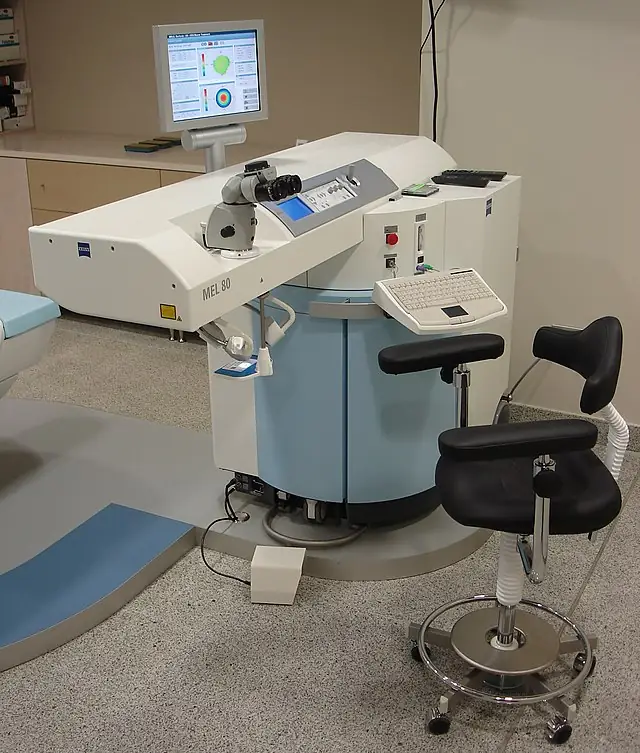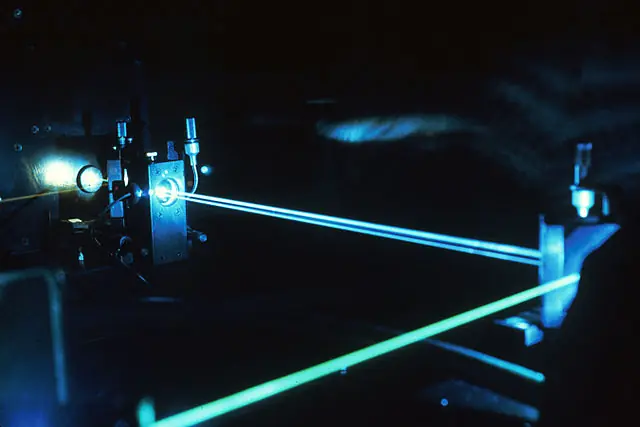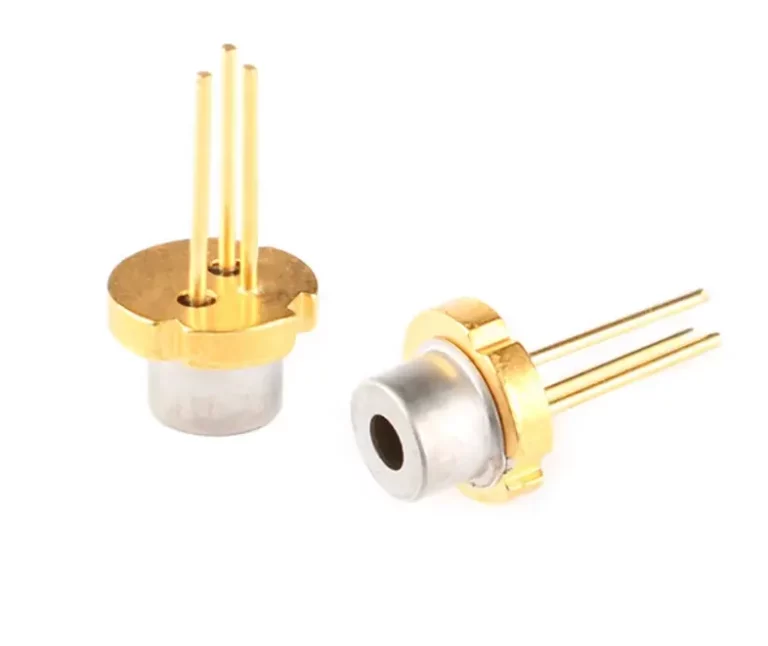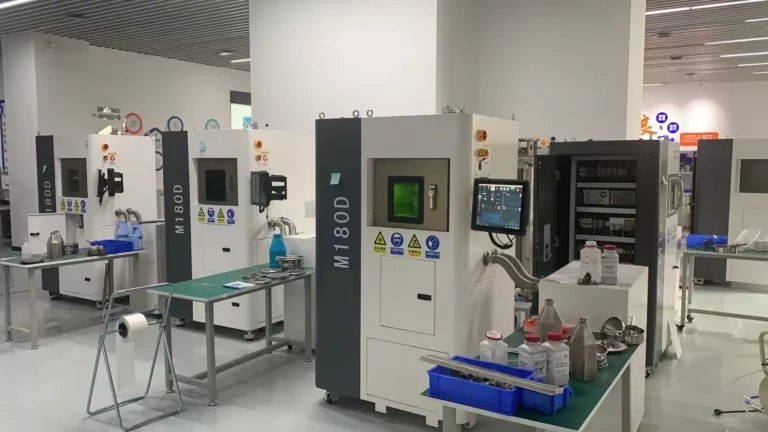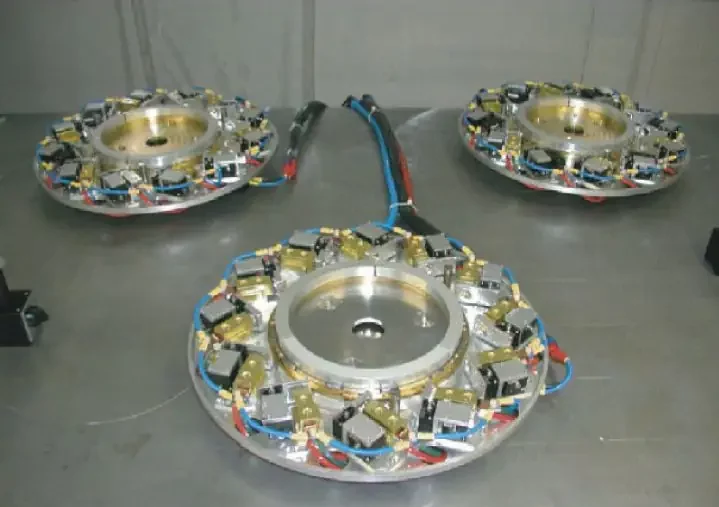Alexandrite Lasers: From Tattoo Removal to Ophthalmology
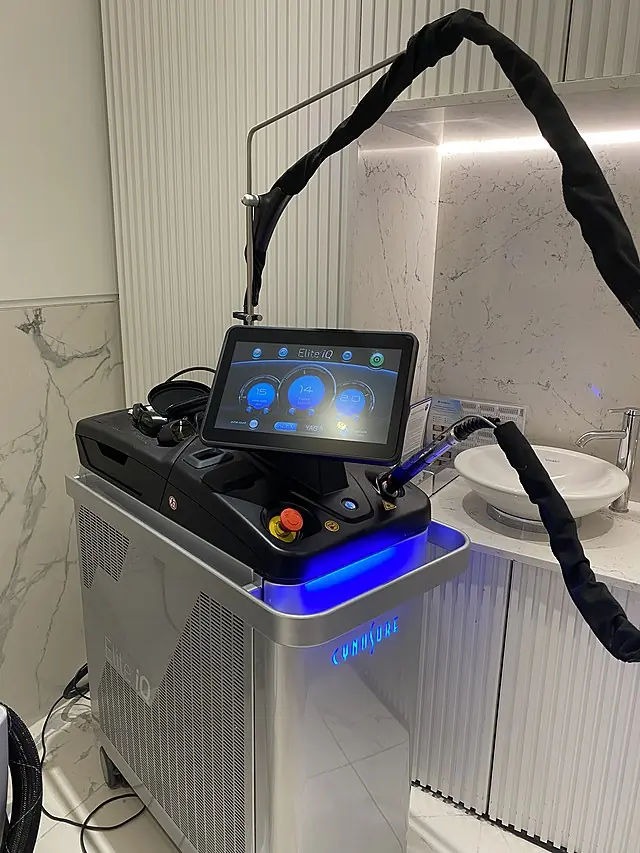
Alexandrite lasers have been used in the medical field for a wide range of applications, from dermatology to ophthalmology, and even dental procedures. This versatile tool has many advantages over other laser types, such as high absorption by melanin and minimal damage to surrounding tissue. In this article, we will explore the principles behind Alexandrite lasers, their applications, and their advantages and disadvantages.
How Alexandrite Lasers Work
Alexandrite lasers are a type of solid-state laser that use a crystal made of alexandrite as the gain medium. When the crystal is pumped with energy, it emits a pulse of light at a specific wavelength, typically around 755 nm. The light is amplified and focused into a beam that can be used for various medical applications.
Alexandrite crystals have unique properties that make them ideal for laser applications. They have a high absorption coefficient for light in the near-infrared range, which means they can be pumped with energy efficiently. They also have a relatively long fluorescence lifetime, which allows for longer pulse durations and higher energy outputs.
Applications of Alexandrite Lasers
Alexandrite lasers have found numerous applications in the medical field due to their unique properties and advantages. The following are some of the major medical applications of Alexandrite lasers:
- Dermatology – Alexandrite lasers are widely used in dermatology for hair removal, tattoo removal, and skin resurfacing. The laser’s wavelength of 755 nm is highly absorbed by melanin, the pigment responsible for skin and hair color, making it an effective tool for hair removal and tattoo removal. They are also useful for skin resurfacing procedures, such as treating age spots, sun damage, and wrinkles.
- Ophthalmology – Alexandrite lasers are useful in ophthalmology for various procedures, such as the treatment of glaucoma, correction of refractive errors, and the treatment of retinal disorders. In the treatment of glaucoma, the laser is used to reduce intraocular pressure by creating a channel for aqueous humor to flow out of the eye. For refractive errors, the laser is used to reshape the cornea, thus improving vision. Alexandrite lasers are also used to treat retinal disorders by selectively destroying abnormal blood vessels while leaving the surrounding healthy tissue intact.
- Other Medical Applications – Alexandrite lasers have other medical applications, such as the treatment of varicose veins, benign and malignant tumors, and dental procedures. In the treatment of varicose veins, the laser is used to close off the affected veins, thus redirecting blood flow to healthy veins. They are also useful for treating benign and malignant tumors by selectively destroying the tumor cells while leaving the surrounding healthy tissue intact. In dental procedures, the laser is used for cavity removal, teeth whitening, and gum surgery.
- Aesthetic Applications – Besides medical applications, Alexandrite lasers are also used in aesthetic treatments, such as laser hair removal, skin rejuvenation, and spider vein removal. Alexandrite lasers are effective for removing unwanted hair and treating various skin conditions, such as age spots, sun damage, and wrinkles.
Overall, Alexandrite lasers are versatile tools with many medical applications, making them an essential component of modern medical practice.
Advantages and Disadvantages of Alexandrite Lasers
Alexandrite lasers have numerous advantages compared to other types of lasers. The high absorption of melanin in the targeted tissue makes it highly effective for dermatological applications such as hair removal, tattoo removal, and skin resurfacing. It is also an accurate and precise tool, making it useful for delicate procedures in ophthalmology and other medical applications.
One of its key advantages is its ability to minimize damage to surrounding tissue. The short duration of the laser pulse and high selectivity for the targeted tissue helps reduce thermal damage to adjacent tissue. Additionally, it is relatively easy to use and maintain, which has made it a popular choice among medical professionals.
However, there are also some disadvantages to using this type of laser. Firstly, the high cost can be a barrier to smaller medical practices or those with limited budgets. Secondly, its limited penetration depth can be a disadvantage in certain medical applications, such as the treatment of deeper tissue or tumors. Furthermore, there is a potential for adverse effects, such as hyperpigmentation or hypopigmentation. Therefore, it is important to carefully select patients and use the laser appropriately to avoid these risks.
Finally, it is important to note that this type of laser requires specialized training and experience to use safely and effectively. This is because it emits a high-powered laser beam that can be hazardous if not used properly. Following established safety protocols and receiving proper training can help ensure the safety of medical professionals and their patients.
Conclusion
In conclusion, Alexandrite lasers are a versatile tool for medical applications. Their unique properties and advantages make them highly effective for a wide range of procedures, from dermatology to ophthalmology and even dental procedures. Although they have some disadvantages, the benefits of Alexandrite lasers make them an important tool in the medical field. As technology advances, it is likely that they will become even more effective and widely used.

